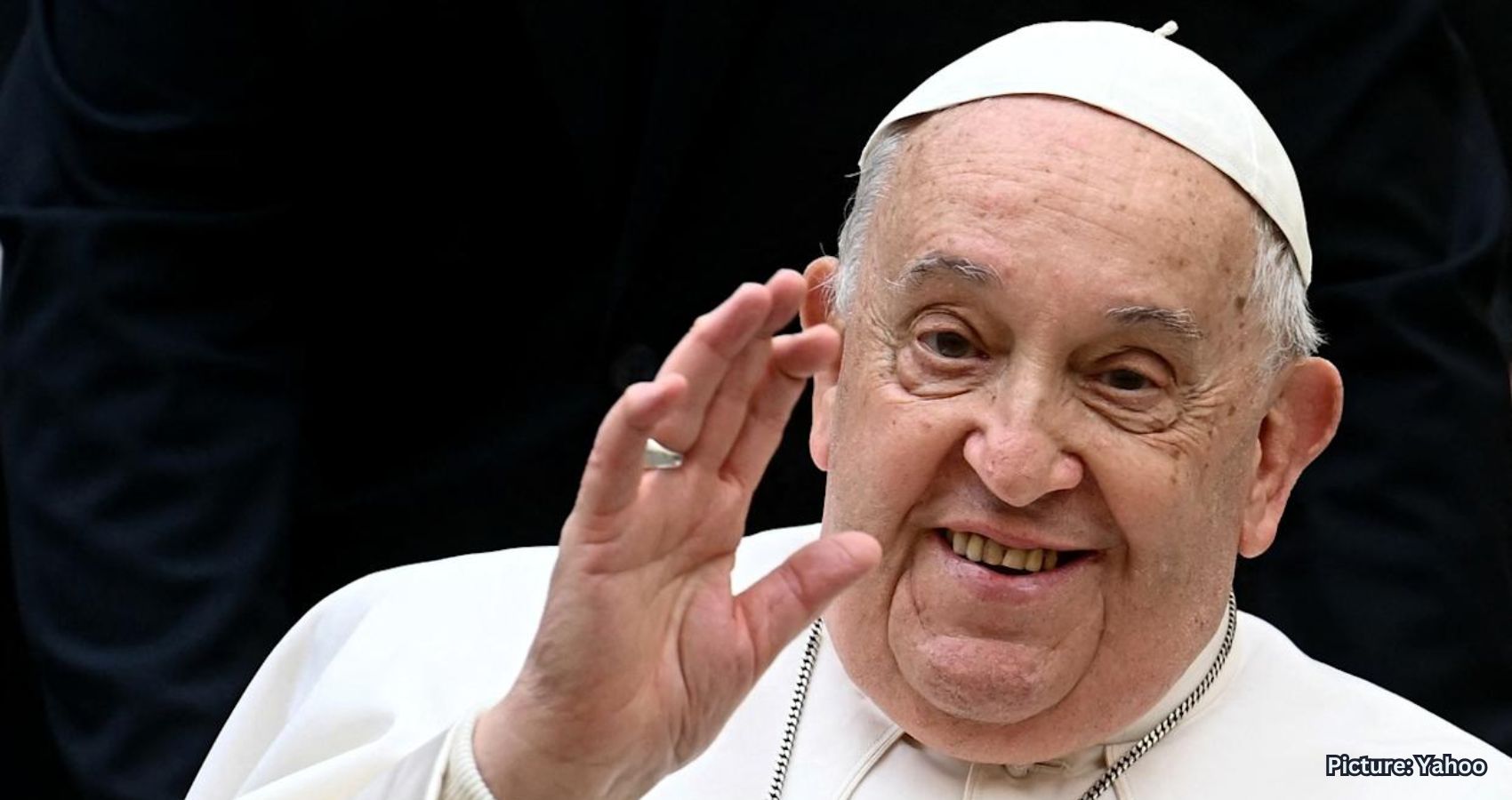With the passing of Pope Francis on April 21 at the age of 88, over a billion Catholics around the world are grieving the loss of a leader who deeply influenced the Church for over a decade. As mourning continues, cardinals from every corner of the globe are preparing to journey to Rome for the traditional process of selecting a new leader of the Roman Catholic Church.
This upcoming election, which will take place within the sacred halls of the Vatican in the coming weeks, will be significantly shaped by the influence of Pope Francis himself. Despite his passing, Francis is poised to have an unusually strong impact on the conclave’s outcome due to the high number of cardinals he personally appointed during his 12-year tenure.
Unlike some of his predecessors, Francis took care to populate the College of Cardinals with clergy who aligned with his vision for the Church. Specifically, he ensured that the vast majority of cardinals eligible to vote in the conclave — those under the age of 80 — were of his choosing. This became particularly decisive in September 2023, when he officially crossed a key threshold. By that time, Francis had appointed over two-thirds of the conclave’s voting members, the minimum proportion needed to elect a new pope under current ecclesiastical law.
According to data compiled by Religion News Service, as of April 21, there are 135 cardinals who are under 80 and therefore eligible to vote in the papal election. Of those, a staggering 108 — or 80% — were selected by Pope Francis himself. In contrast, 16.3% were appointed by Pope Benedict, while only 3.7% were selected by Pope John Paul II. This overwhelming majority places Francis in a historically powerful position posthumously, with his appointments likely to steer the direction of the next papacy.
To put this in perspective, when Francis was elected to the papacy in 2013, the makeup of the electorate looked quite different. At that time, 57.9% of voting cardinals had been appointed by Pope Benedict, who had just stepped down from the papacy. Meanwhile, 42.1% of the cardinals in that conclave had been appointed by Pope John Paul II. These numbers underscore the extent to which Francis has reshaped the College of Cardinals during his time as pope.
Beyond just the numerical dominance, Francis’ influence is also evident in the evolving demographic and geographic composition of the College of Cardinals. The group set to elect the next pope is more globally representative than ever before. In 2013, Italian cardinals made up almost 25% of the conclave. That share has now dropped to just 12.6%, marking a significant shift away from longstanding Italian dominance in papal elections.
Meanwhile, the representation from Asia has grown significantly. Back in 2013, Asian cardinals accounted for just 8.8% of the conclave. Today, that number has nearly doubled, reaching 17%. The presence of African cardinals has also expanded from 8.8% to 13.3%, reflecting a broader trend of greater inclusion from traditionally underrepresented regions.
Europe’s overall share in the conclave has seen only a slight dip. In 2013, European cardinals made up about 28% of the voting body, and today they comprise roughly 26.7%. North America, on the other hand, has seen its influence wane slightly, with its share falling from 17.5% to 14.1%. South America, the continent from which Pope Francis hailed, has seen a modest increase in its representation, growing from 11.4% to 13.3% over the course of his papacy.
The implications of these demographic changes for the upcoming vote remain uncertain. Pope Francis’ time in office was defined by his commitment to issues such as poverty, the rights of immigrants, and environmental sustainability. He often chose cardinals who shared his pastoral priorities and global outlook. However, predicting how these cardinals will vote is not always straightforward. Cardinals aren’t the same as members of Congress with specific party loyalties, and voting outcomes can sometimes be difficult to predict.
The conclave itself is a deeply spiritual process, carried out in secrecy and guided by centuries of tradition. While Pope Francis’ appointments may lean toward a particular vision of Church leadership, individual cardinals often approach the election with a personal sense of discernment rather than ideological alignment. Furthermore, conclaves have historically been subject to unexpected developments and last-minute shifts, which could still alter the makeup of the electorate slightly before voting begins.
Nevertheless, barring any unforeseen changes, the next pope will be elected by a group of men largely hand-picked by Francis himself. This means that whoever succeeds him is likely to reflect, at least in part, the values and global perspective that he championed during his time as the spiritual leader of the Catholic Church.
Francis’ long-term legacy, therefore, will not only be defined by the reforms and teachings he delivered during his papacy, but also by the mark he has left on the very process of papal succession. His ability to shape the next generation of Church leadership ensures that his influence will endure well beyond his lifetime. As the Church prepares to elect a new Bishop of Rome, it will do so under the watchful shadow of a pope who transformed its leadership landscape.
As the cardinals gather to elect a new leader, one thing is clear: Francis’ imprint is everywhere — in the faces, experiences, and worldviews of those who will cast their votes. Whoever becomes the next pope will be chosen by a group largely hand-selected by Pope Francis himself.

